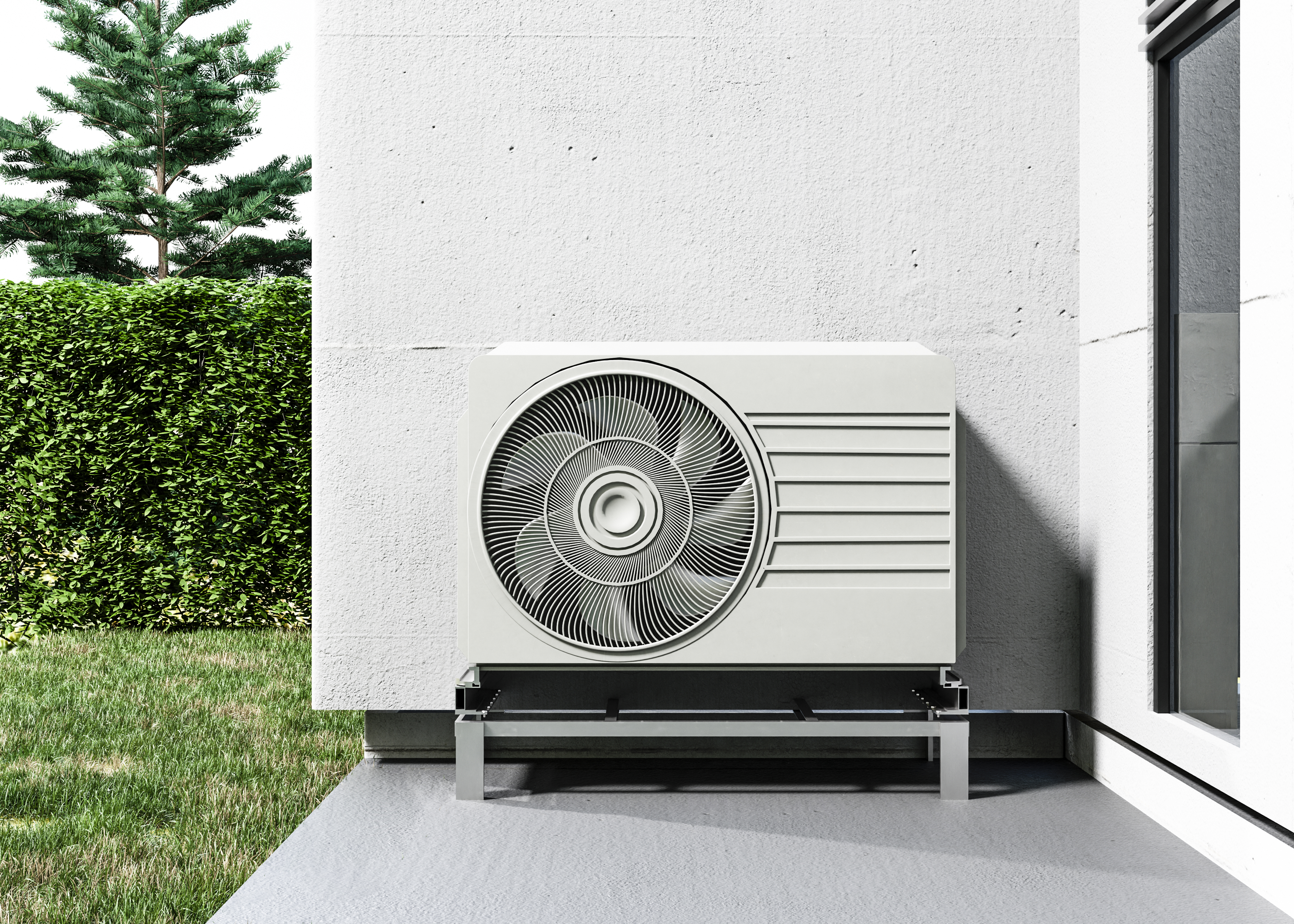
Residential ventilation refers to the process of exchanging indoor and outdoor air within a home to maintain a healthy and comfortable living environment. It involves the controlled movement of air to remove pollutants, odors, excess moisture, and improve indoor air quality.
Residential ventilation systems can take various forms, including natural ventilation, mechanical ventilation, or a combination of both. Here are some common types of residential ventilation:
1. Natural Ventilation: This type of ventilation utilizes natural forces, such as wind and temperature differences, to circulate air. It involves strategically placed windows, vents, or openings to allow fresh air to enter and stale air to exit. Natural ventilation is energy-efficient but may be limited in its effectiveness, depending on external conditions.
2. Mechanical Ventilation: Mechanical ventilation relies on mechanical systems, such as fans or blowers, to move air in and out of the home. There are different types of mechanical ventilation systems:
- Exhaust Ventilation: This system uses fans to expel stale air from specific areas prone to moisture and pollutants, such as bathrooms, kitchens, and laundry rooms. Fresh air is then drawn in through unintentional leaks or intentional fresh air inlets.
- Supply Ventilation: In this system, fresh outdoor air is supplied into the living spaces of the home through fans or blowers. Stale air is expelled through leaks or exhaust vents. Supply ventilation can help improve indoor air quality by reducing the concentration of pollutants.
- Balanced Ventilation: Balanced ventilation systems provide a controlled exchange of both fresh outdoor air and stale indoor air. They use separate fans or blowers for supply and exhaust, ensuring a balanced airflow. This type of system allows for better control of air distribution throughout the home.
- Heat Recovery Ventilation (HRV) and Energy Recovery Ventilation (ERV): These systems are advanced versions of balanced ventilation. They incorporate heat exchangers that recover a portion of the energy from the outgoing air and transfer it to the incoming fresh air, helping to maintain a comfortable indoor temperature while exchanging air.
Residential ventilation is essential for maintaining a healthy indoor environment by removing pollutants, controlling humidity levels, and preventing the buildup of odors. It can also help reduce the risk of mold and mildew growth, improve occupant comfort, and increase energy efficiency by reducing the reliance on heating and cooling systems. The specific type of residential ventilation system chosen depends on factors such as climate, building design, energy efficiency goals, and occupant preferences.
Find Us
Inair India,
4th floor, Fortune Monarch Towers,
Road number 36, Jubilee hills,
Popular Searches
© 2023 – Inair
Privacy Policy© 2023 – Inair
Privacy Policy